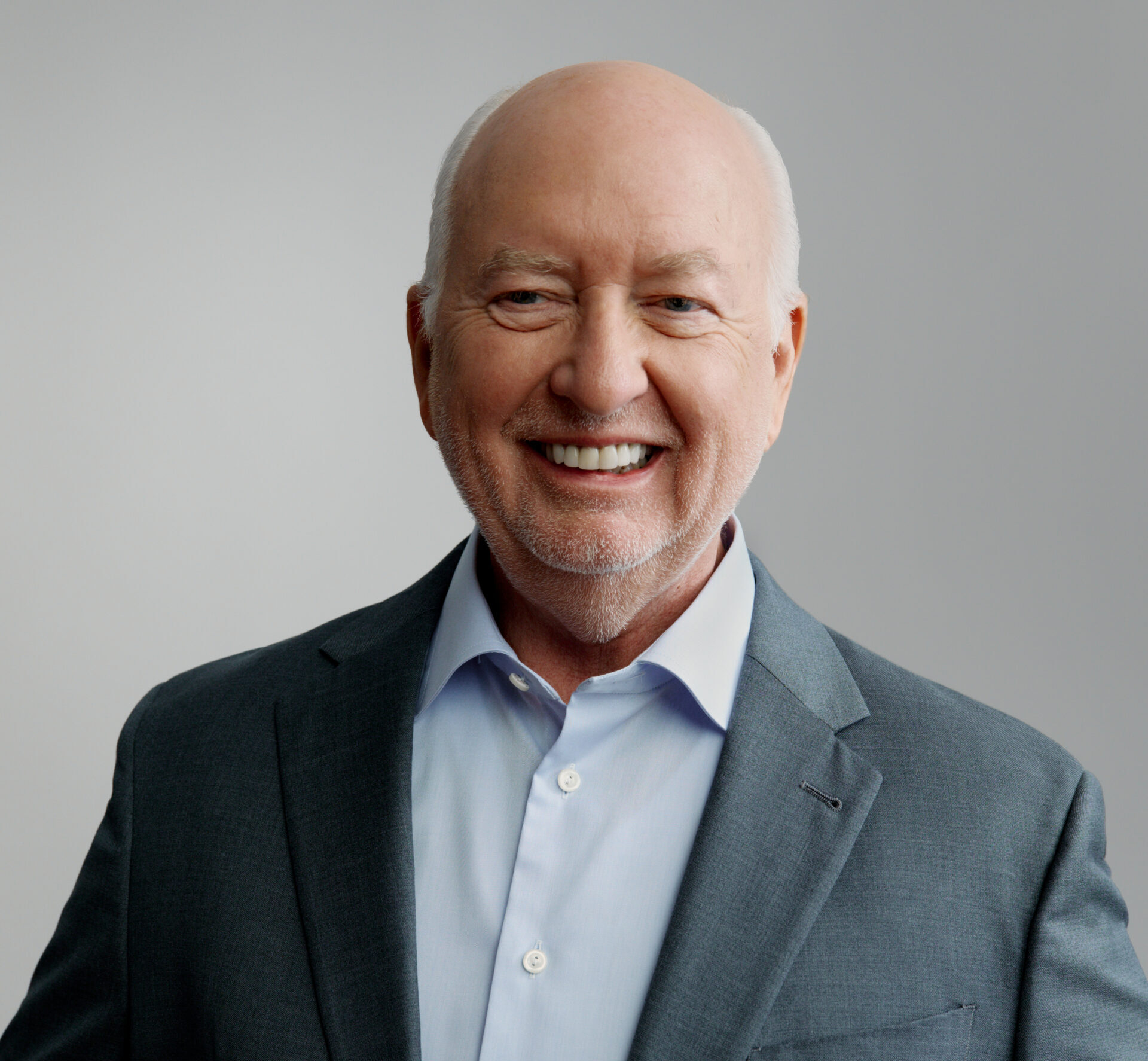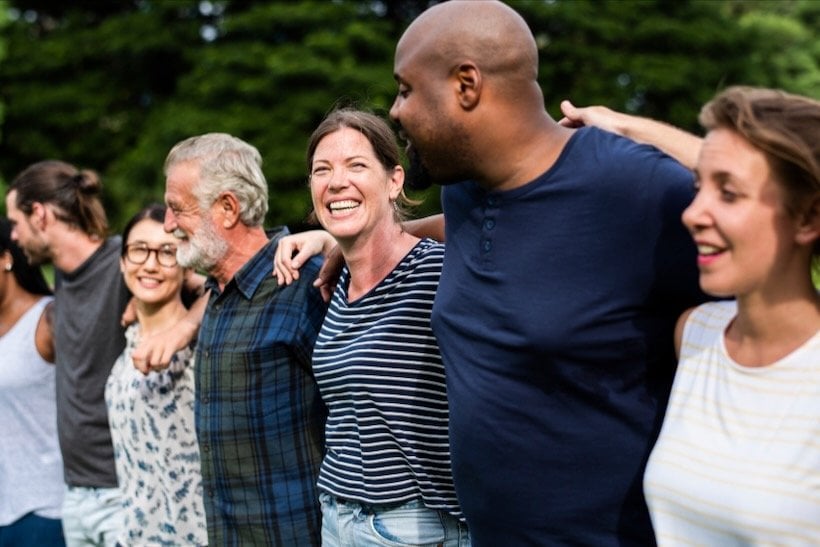From launching groundbreaking health initiatives to piloting new financial innovations, the Milken Institute has shaped the public discourse for over 30 years. It has become a powerhouse of research and philanthropy, dedicated to addressing some of the world’s most-pressing challenges. Focusing on fostering economic growth, advancing medical research, and promoting financial innovation, the Institute organizes over 250 annual events. These include the Global Conference in Los Angeles, which draws together more than 5,000 stakeholders from various sectors.
The Institute’s influence also extends into governmental realms, having driven forward pivotal legislation like the 21st Century Cures Act and the formation of federal agencies such as the National Center for Advanced Translational Science (NCATS) and the Advanced Research Projects Agency for Health (ARPA-H). Milken’s Financial Innovation Labs have created 15 funds, directing over 3 billion USD towards bridging financing gaps across crucial areas like healthcare, sustainability, and economic development. Additionally, the Institute’s global scholars programs, developed in partnership with the World Bank Group, have trained 260 financial leaders from over 90 institutions across 70 countries, underscoring its commitment to building a more equitable and thriving global future.

Ahead of this year’s Global Conference in Los Angeles, Chairman Michael Milken and Milken Institute CEO Rich Ditizio sat down with Worth Media Group Chairman Jim McCann to discuss the nexus of philanthropy, policy, and progress.
Jim McCann: The theme of this year’s conference is “Shaping our Shared Future.” Mike, what’s your hope, wish, or dream for what might come out of this year’s conference?
Michael Milken: We pride ourselves on convening the best minds in the world to tackle its most urgent problems. Individuals with the capital and influence to change the world connect with those who have the expertise and creativity to reinvent sectors from health, finance, technology, science, and more. I’ve been organizing conferences for 50 years, half the time at the Milken Institute and half the time before. The key is getting people to see the world with new eyes. You can come and learn from others who see the world differently.
Give me an example.
Michael Milken: I would share one story. We had a conference several years ago where we had two sessions: one on doctors in Uganda—there are 125,000 people per doctor there–and one on Malaria No More—which, as the name implies, seeks global eradication of that disease. One of the CEOs of one of the larger companies in America, who was here for a panel on the media, wandered into both the sessions. He didn’t know anything about the issues or the country. And about four or five months later, he mentioned to the chairman that he wanted to retire. And he’s spent, in the last decade or more, 20 to 30% of all of his time on Malaria No More. That is just one example of a person who just happened to walk into a session that day on a topic he knew nothing about. His participation has helped to change the course of history, but it also changed his career.
Richard Ditizio: As the theme suggests, we want people to feel activated around the ownership of “shaping.” It was important for the word to be an action verb. The future will not just happen to you, especially those who attend this conference. They are leaders of their organizations, often controlling large pools of capital, and can be an active voice in shaping what’s coming.

From a philanthropic perspective, we’re also looking to foster that same level of cooperation so people can join forces. We’re about to surpass two million nonprofit organizations in the United States. That just can’t be effective. If this were in a for-profit environment, you would see a wave of M&A sweep through, eliminating expenses and creating efficiencies. So part of what we’re trying to do is catalyze a lot of that sea change in how people think about philanthropy.
Part of that is creating collaborative environments where cohorts of people from different countries can think pan-regionally about financial infrastructure rule of law, which allows a country to attract capital to be deployed inside it. Look at a country like Singapore, which has done an extraordinary job of leaning into that. Essentially a rock off the coast of Malaysia, with not even its natural water supply under its control, has created the economy with the highest number of millionaires per capita in the world.

And what was the key to that success?
Richard Ditizio: They leaned into the education of their own population, small as it is, five million people. However, they also had a rule of law that attracted companies, capital, and family offices to come there and feel safe that capital would not be taken by the government. That then had the follow-on effect of creating an ecosystem of talent—people who understand the complexities of corporations and money management.
But it’s very illustrative of a trend we see worldwide. The largest pools of capital are either being created or domiciled in parts of the world that can’t digest that capital locally to invest in their own markets. This feeds our initiative to create these markets elsewhere to digest that capital and potentially generate outsized returns, which will be needed.
Tell me about your work at the Future of Aging. You’ve talked about redefining retirement, housing, and healthcare.
Rich Ditizio: If you were born today, your life expectancy would likely be 110, maybe even 120. We must revisit the economic structures around that because they’re designed for a different era. When Social Security was introduced, life expectancy was about 65. The notion was that you would have two working kids for one surviving parent. Back then, the math worked. But now you have four generations in the workplace. Existing retirement structures around the world were anticipating something else. We need to expand the notion of a productive life. How many years is that? People are not meant to have a 40-year retirement. We have to think through new paradigms.
What excites you about technology that will help older people?
Rich Ditizio: I get excited by the notion of smart houses, like how you’re going to be able to reconfigure how people live just in their day-to-day lives to prevent falls and cumbersome things. The broader issue is where these people are going and where they are being born. And if you think about every person who dies today was born before the iPhone and before technology assumed the place in our lives that it does. Every infant born today will experience a digital life you and I can’t envision. So what will that person’s life be like with the impact of technology?
We think about population growth or peak population. Still, the demographic shift in people’s digital aptitude will bring about significant change. It will change where people live and what they believe their futures can be.
That demographic shift is happening in terms of philanthropy, too, right? We are in the midst of a substantial generational wealth transfer.
Richard Ditizio: The generation inheriting this wealth thinks very differently about what it should do. Particularly with the millennials, consumption wears its welcome out quickly. They’re buying fewer homes and engaging in more experiential activities like vacations around the world. They think less about what money can buy than what money can do. They have an alignment around the environmental issues that their parents didn’t have, et cetera, and they want this money put to work in a way.
Some estimates suggest that this generational wealth transfer could top $90 trillion. We don’t want that money wasted. What do you prescribe to prevent that from happening?
Richard Ditizio: I think of philanthropy as an investment and look at it from a portfolio approach. There should be some short-term tangible wins that you can feel. If what you are trying to solve is too vast, like climate change, it takes the industry, governments, and societal will to solve that problem. So you might get frustrated without a feedback loop indicating how successful deploying your money has been and become disillusioned.
In a portfolio approach, I would first look at who else is in the space to avoid duplicating work already done. Then I would think globally. Things like an art museum or a library definitely have some geographic functionality, but for medical research, you should really consider where the best scientists reside and who has the greatest opportunity for success regardless of location.
Michael Milken: There are many inefficiencies in philanthropy in healthcare. There are a number of reasons for this, but one of them is the grateful patient syndrome. You have a doctor who’s treated you and now wants to be a researcher or found a research institute. They were a clinician. They weren’t a basic researcher or a translational researcher. And as a grateful patient, you give them money.
A perfect example might be Kirk Kerkorian, who gave a lot of money to create a cancer center in Las Vegas. They didn’t have a medical school attached to it. They are not a leader in physics, chemistry, biology, or other things that you need to feed into a cancer center. They don’t have a school of public health attached to the university. It had no chance.

What influence would you hope that the Milken Center for Advancing the American Dream in Washington, D.C., will have on policy?
Michael Milken: We do 250 events yearly, but we don’t try to indoctrinate you. We let you look at the world as it is or as it’s moving and let you come to your solutions and conclusions. I believe the center will be a place where the President could walk across the street, or six million people who walk by the doors a year could walk in. They will listen not to what the Milken Institute is saying but to what 10,000 voices of people from every state, from every walk of life, and every country are saying their view of the American dream is. And so we hope these people will provide leaders in our country an opportunity for visitors to open their eyes to stories of people like them and their life experiences.
Richard Ditizio: We’ve designed this space so that there are many avenues for people to meet one another and convene. And what we’d lean into is that we are a nonpartisan organization. There are very few physical locations where people feel safe having a civil dialogue with people who might disagree with them. One of the magic parts of the Institute is that, in addition to all of our content convenings, there is a social component because people have dinners, lunches, etc. People sit at the table you assign them.
Even if you dislike the person sitting next to you at dinner, you will find something in common to talk about. It could be your kids or my kids playing soccer, anything. Even the most tenuous of bonds will humanize the other person away from their ideology. That is one of the things we’re trying to do: see people in all their differences for all their humanity. Then you can work together.
Michael Milken: I remember once I sat Maria Shriver next to Rush Limbaugh. You would have thought the two had nothing in common, but they became friends from that encounter. If you left them to their own devices, neither would have interacted with the other. One of the efforts we try to achieve is getting people to know each other as human beings.
What are the things important to them? And that example I gave you has been replayed thousands of times. I know that at the Institute, we might spend three hours figuring out who is sitting at each table and who’s sitting next to each other at a dinner that has 90 people and nine tables, with the idea that it might change the world! You never know what an encounter can do. So many people have strong opinions about things they’ve never seen in person. We want to change that.








